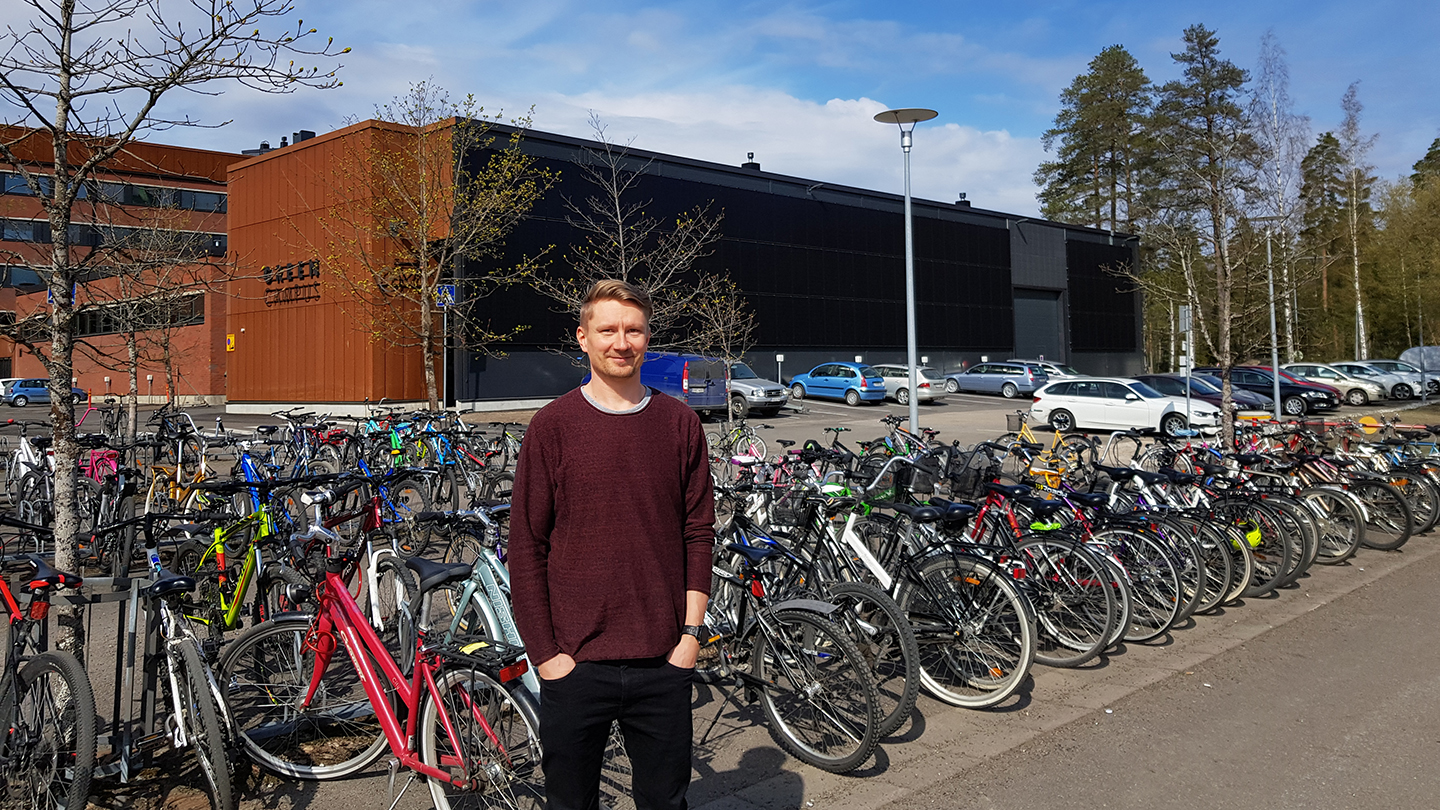
LUT University wants the best for the world: “Renewable energy sources create savings of EUR 200,000”
LUT University aims to keep its environmental promises by developing its activities. The Green Campus model is a perfect example of these activities. Its environmentally friendly approach has given the university the status of a pioneer and opened up new avenues for research.
LUT University (Lappeenranta-Lahti University of Technology LUT) has been actively promoting sustainable development for a long time. These efforts are driven by the message of acting in the best interests of the world. They aim to keep their promise.
According to a previous survey to outline their new strategy, one of the most successful actions taken was the Green Campus project, which highlighted green values. Since then, Green Campus has become a permanent operating model in the new strategy. The university aims to use science and technology to solve environmental issues and build a sustainable world.
Proven sustainable development
The Lappeenranta campus has had the Green Office environmental certificate since 2011. This was one of the first steps towards environmentally friendly activities. Development Manager Marko Kasurinen confirms that the steps taken have constantly been in the right direction and that, so far, he would not change anything in the process.
“Green Office is still used in our development. The Climate Calculator is a particularly important tool as it allows us to monitor the level of emissions generated. The indicator is easy to understand and easy to follow,” Kasurinen says.

Development Manager Marko Kasurinen.
The university management is also interested in the results, which are presented at an annual meeting along with new plans.
The university’s target is to reduce energy and water consumption. Financial savings have also been made. In 2014, the Lappeenranta campus started purchasing electricity generated from renewable sources of energy. The tendering process was carried out by the university, and it generated massive savings of EUR 200,000 a year. The number is astounding.
“Electricity generated from renewable sources is seen by many as expensive, but the change was very profitable to us,” Kasurinen says.
Environmental efforts are made in all areas. For example, areas are illuminated with LED lamps. The university makes it possible to work remotely, and encourages its employees to commute by bike by providing covered parking areas and a maintenance station for bicycles.
More solar panels and more accurate indicators
“We just received more solar panels that generate 300 kilowatts of power and, according to our estimates, they will increase our self-sufficiency rate to approximately 7 percent,” Kasurinen says.
The panel capacity was more than doubled during the renovation of the university building section that was built first, which was completed in early 2019. LUT University was already using solar panels in Lappeenranta before this renovation, but they were primarily intended for research. A 20 kilowatt wind turbine, acquired for research purposes, is also active on the beach.
The new panels were acquired because solar power is profitable and environmentally friendly. Kasurinen says that the panels were a genuinely worthwhile investment. The panels have worked without any faults.
“We had to remove some snow from the panels last winter. The amount of snow was exceptionally high once it finally started snowing,” Kasurinen says.
It was easy to install the new panels during the renovation, and the structural engineer took them into account in their calculations. The structures needed some reinforcement. Reinforcing work performed afterwards is expensive and alternative locations for the panels should be considered in such circumstances. Air-to-water heat pumps were also installed in the section of the building built first during the renovation, and some areas were equipped with more sensitive sensors to monitor, for example, the number of people accessing the areas, wind pressure levels and the thermal stress caused by sunlight.
The sensors are part of the Living Lab study that aims to determine how building services technology can be optimised according to weather conditions. The target of this optimisation is to improve well-being at work and reduce energy consumption. The university is happy to use its own property in the study. The study is arranged in cooperation with University Properties of Finland Ltd, the owner of the Lappeenranta campus properties. Cooperation with the property owner has been excellent, and it is supported by regular meetings on the maintenance and development of the property. Kasurinen encourages users of properties to interact and cooperate with property owners.
LUT University (Lappeenranta-Lahti University of Technology LUT)
926 employees, about 5,200 students and doctoral candidates
68,000 m2 in the Lappeenranta campus, some areas shared with other parties
- 508 kW power from solar panels
- 20 kW power from a wind turbine
- air-to-water heat pumps
Another campus in Lahti and units in Mikkeli and Kouvola.
